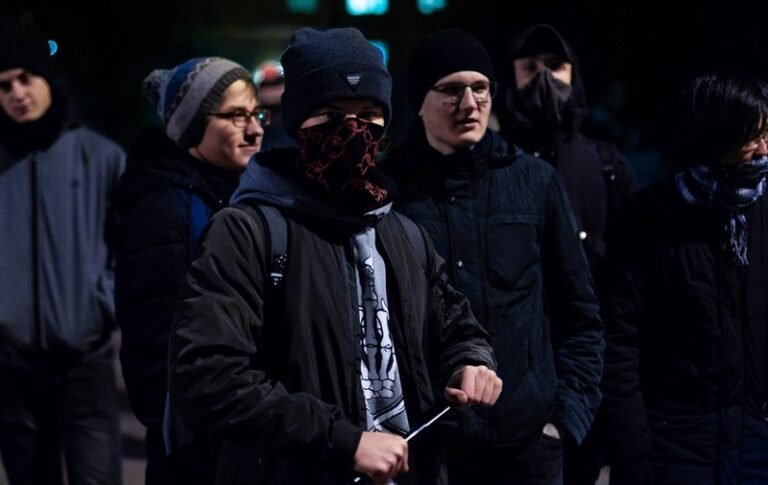Table of Contents
- Defining Organised Crime
- Types of Organised Crime
- The Social Impact of Organised Crime
- Responses to Organised Crime
- Conclusion
Organised crime has long been a significant area of sociological inquiry due to its pervasive influence on societies globally. Unlike petty or individual crime, organised crime operates as a complex system, involving networks, hierarchies, and institutional structures. Its multifaceted nature necessitates a deeper exploration into the social, economic, and political dimensions that enable its persistence. In this introduction, we will explore the definition, characteristics, and various typologies of organised crime, as well as its social impact and responses from law enforcement. This article aims to provide an overview of organised crime from a sociological perspective, helping readers understand its underlying mechanisms and broader societal implications.
Defining Organised Crime
Organised crime refers to criminal activities that are structured and coordinated by groups, often involving illegal enterprises that generate significant financial profit. These groups operate through a hierarchy, with clear roles and responsibilities for each member, distinguishing them from individual or uncoordinated criminal acts. Organised crime syndicates tend to exert influence over geographic regions, infiltrating legitimate businesses and corrupting state institutions to further their illicit activities.
One of the key features of organised crime is the level of planning and sophistication involved in its operations. It is not spontaneous but carefully orchestrated, often taking place over long periods. Organised crime groups may engage in activities such as drug trafficking, human trafficking, arms smuggling, extortion, and money laundering. Each of these activities is carried out with precision, exploiting gaps in the legal system and taking advantage of economic vulnerabilities.
Key Characteristics of Organised Crime
Several characteristics define organised crime, setting it apart from other forms of criminal activity:
- Hierarchy and Structure: Organised crime groups are typically highly structured, with clear leadership and a chain of command. This hierarchy allows for efficient operation and coordination of various illegal activities.
- Continuity: Unlike spontaneous or isolated criminal acts, organised crime operates over a long period. It is often intergenerational, with criminal enterprises passing from one group to another or through family lines.
- Use of Violence and Intimidation: Violence, or the threat of it, is a primary tool for organised crime groups to maintain control, eliminate competition, and enforce their rules.
- Corruption and Infiltration of Legitimate Sectors: Organised crime often seeks to corrupt public officials, law enforcement, or judicial systems to facilitate their activities and avoid prosecution. Additionally, they may infiltrate legitimate businesses to launder money or provide a facade of legality for their operations.
- Profit-Motivated: At the core of organised crime is the pursuit of financial gain. These groups engage in various forms of illegal activity primarily to amass wealth and control resources.
Types of Organised Crime
Organised crime manifests in various forms depending on geographic, cultural, and socio-economic contexts. Understanding these different types provides insight into how such criminal networks evolve and adapt to changing circumstances.
1. Mafia-Type Organisations
Perhaps the most iconic form of organised crime is the mafia, originating in Italy but now a global phenomenon. Mafia-type organisations are known for their strict hierarchies, codes of loyalty, and involvement in a wide range of criminal activities. The Italian mafia, particularly groups like the Cosa Nostra and the Camorra, have been linked to drug trafficking, racketeering, and political corruption. Similarly, mafia-type groups exist in other countries, such as the Yakuza in Japan and the Russian mafia, each with distinct characteristics but similar operational structures.
2. Drug Cartels
Drug cartels represent another significant form of organised crime, particularly in Latin America. These organisations control the production, distribution, and sale of illegal drugs, such as cocaine, heroin, and methamphetamines. The drug trade is a multibillion-dollar industry, and cartels often use extreme violence to protect their turf, eliminate rivals, and resist law enforcement efforts. Cartels have a transnational reach, influencing drug markets and crime rates in countries far from their origin.
3. Human Trafficking Networks
Get the full article AD FREE. Join now for full access to all premium articles.
View Plans & Subscribe Already a member? Log in.






